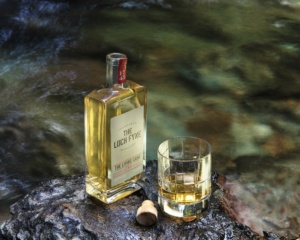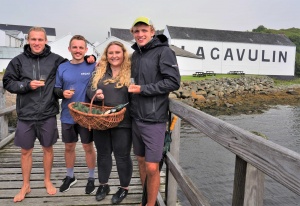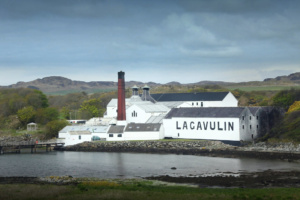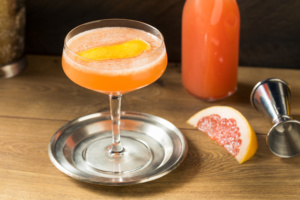Best Highland Whiskies
The Dalmore

The Dalmore Distillery was founded in 1839 by Alexander Matheson in Alness, north of Inverness. They place a lot of importance on the casks used to mature the spirit, which are hand selected by Master Distiller, Richard Paterson - who has been with the distillery for over 50 years. The personal curation of casks alongside a heritage of expertise through generations of distillers help to create a world-renowned whisky. The roots of the brand date back to 1263 when Colin of Kintail, Chief of the Clan Mackenzie, saved King Alexander III from a charging stag. As a reward for saving the King’s life, the Mackenzie Clan were granted permission by the Scottish King to use the 12-pointed Royal stag emblem on their coat of arms. In 1867, when descendants of the Clan became owners of The Dalmore distillery, the Royal Stag became the icon of the brand and adorns each bottle to this day. The Dalmore's expressions are known for rich and spicy flavours of christmas cake, chocolate orange, almond and toffee.
Oban
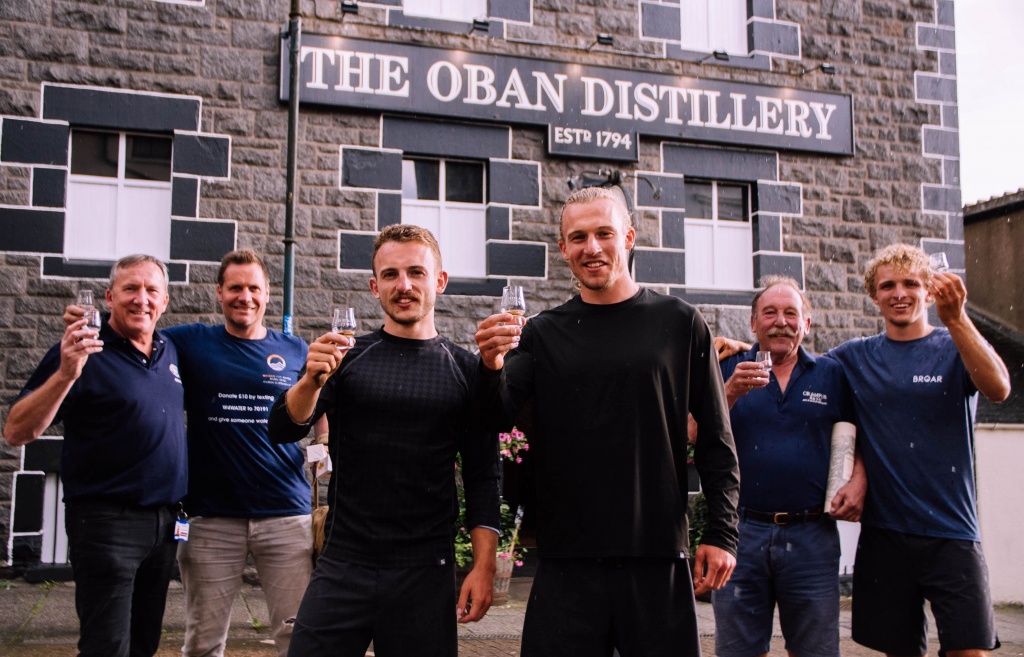
Founded in 1794 by brothers John and Hugh Stevenson, Oban Distillery was actually built before the coastal town of Oban itself and is one of Scotland's oldest distilleries. Despite its relatively modest production capacity of 670,000 litres as one of the smallest distilleries in Britain, Oban fans hail from around the world. Oban is a gaelic word meaning ‘little bay’, with the distillery being only 208 steps from the waters edge. Only seven people are involved in making the whisky, and having this small, close-knit team of experts allows Oban to maintain a greater degree of control over their expressions. Oban's expertly crafted liquid boasts maritime flavours of sea salt, smoke, orange and honey.
Loch Lomond
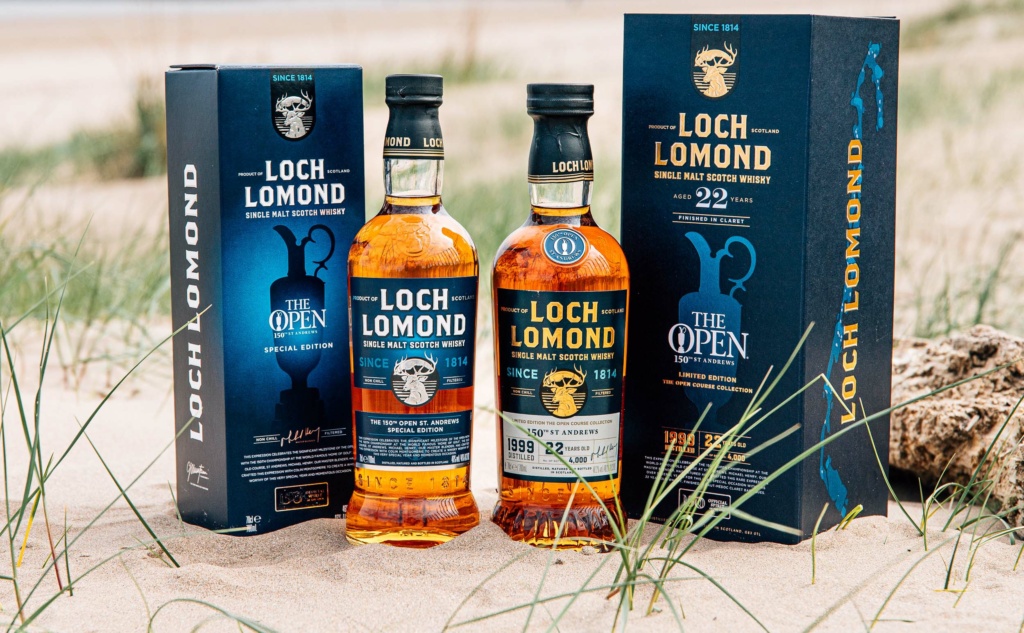
Built in 1965 by Littlemill, Loch Lomond whisky is produced at the distillery in Alexandria, alongside eight others. The signature malt is its Loch Lomond whisky, made with unique pot stills which have cylindrical necks of the spirit stills. Traditionally the necks of malt stills are open. The Loch Lomond stills include special distillation trays in the necks, allowing for greater contact with the cooling alcohol vapour. This style of still allows for different ‘flavour notes’ to be captured and emphasised through the range of alcohol strengths that can be captured and rejected, which is much more difficult to achieve through a conventional pot still. Loch Lomond whisky is famed for flavours of fruit, peat, malty biscuits and smoke.
Glenmorangie
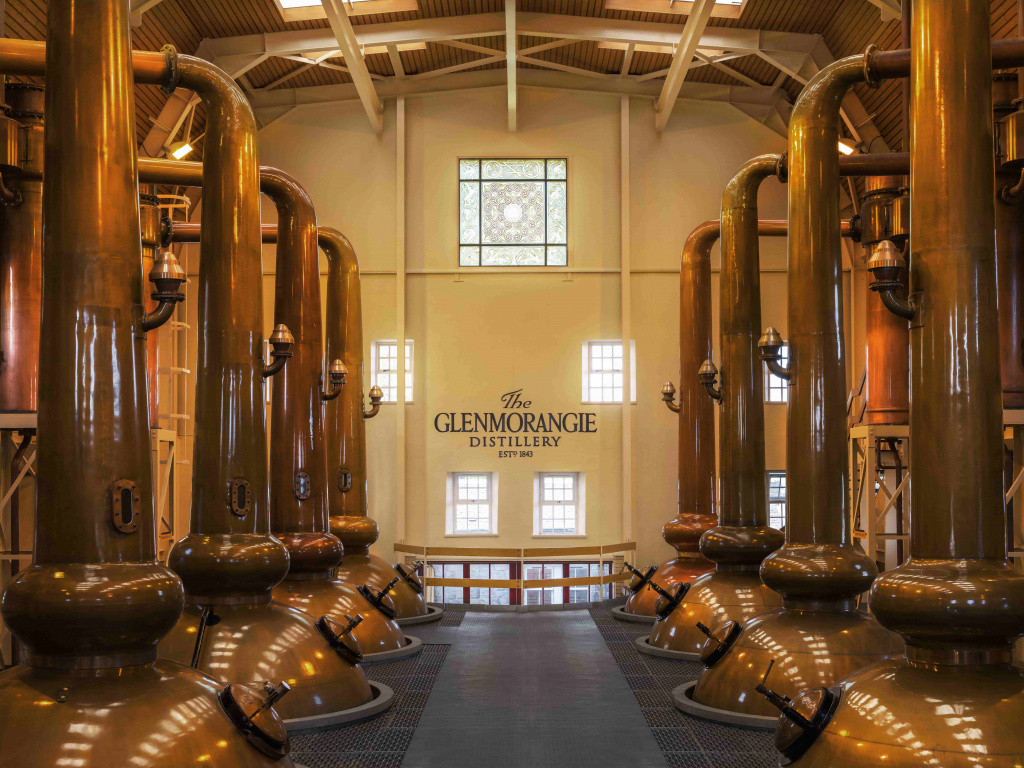
Founded on the Durnoch Firth by the Matheson brothers in 1843, Glenmorangie distillery is now home to one of the most popular single malt whiskies in the world. Known as the Distillers of Tain, Glenmorangie has been honing its craft for more than 175 years. It boasts the tallest stills in Scotland, resulting in an extremely light and smooth taste. All expressions are matured in white oak casks which are manufactured from trees growing in Glenmorangie’s own forest in the Ozark Mountains in Missouri, United States. The resulting liquid known for light flavours of orange, honey, malt and dried fruit.
Fettercairn
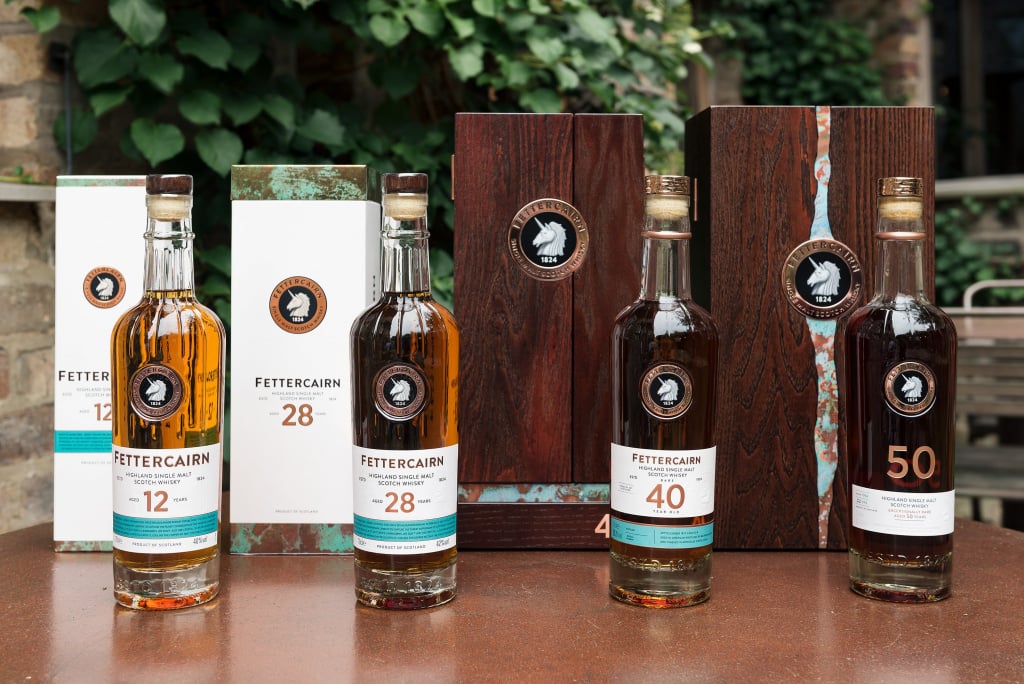
Fettercairn is a refined, natural single malt whisky producer based in Laurencekirk, Kincardineshire. The name is a clue to this location, as Fettercairn translates to ‘foot of the mountain’ - the distillery is surrounded by beautiful forests and glens at the foot of the Cairngorms. Founded in 1824 by Sir Alexander Ramsay, the distillery prides itself on doing the process of whisky-making a little differently, with an air of experimentation over a great deal of its range. Though, Fettercairn still believe in a few deeply held principles. It uses pure mountain water, unique stills with cooling rings allowing for more distillation, and approaching traditional methods differently when it comes to casking. The result is an incredibly light whisky bursting with flavours such as barley, vanilla and tropical and orchard fruits.
Deanston
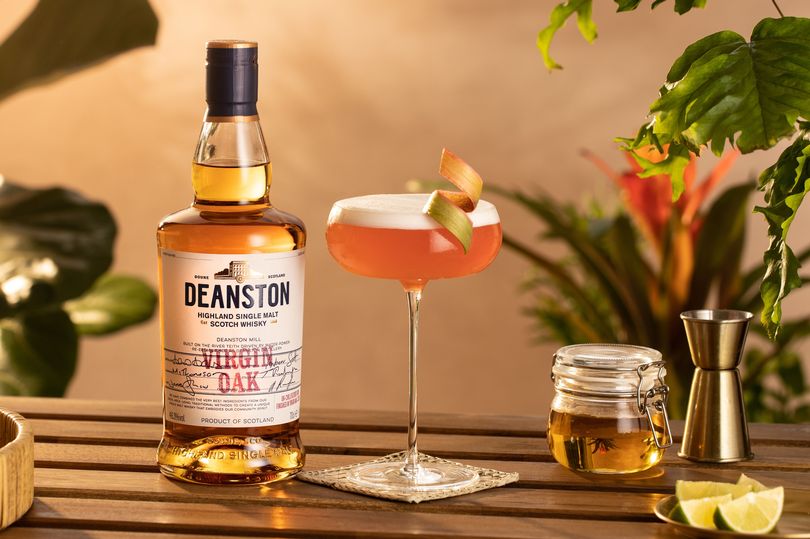
Deanston distillery makes its home in a renovated cotton mill near Doune in Perthshire. The distillery is known for hand-crafted whisky using local ingredients, making Deanston not your run of the mill whisky. Deanston prides itself on community. It was one of the things that persuaded founder Brodie Hepburn to take the risk and covert a disused cotton mill into a whisky distillery. From the kinship of distillers, to present day innovators, to the growing community of Deanston lovers across the world. There is community and character in every single bottle of Deanston whisky, which is famed for sweet flavours of honey, malt, and heather.
Glengoyne
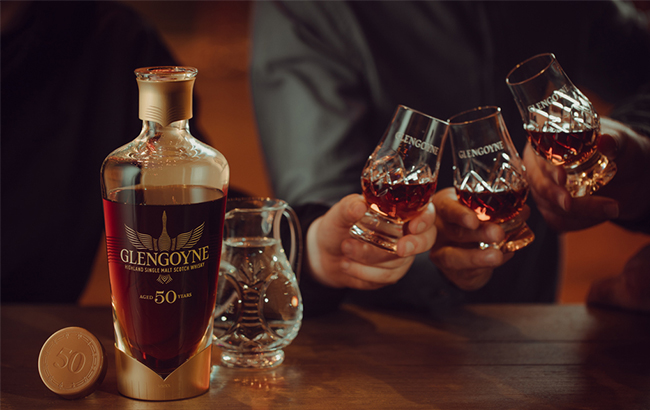
Glengoyne Distillery was founded in 1833, and its uniquely shaped stills have been making subtle yet complex single malt whisky ever since. It can be found nestled on the ‘Highland Line’ just north of Glasgow, making it one of the most accessible distilleries but also one of the most unique. It's beautiful surroundings make it a popular choice as a wedding venue, with easy access to the city. Technically the whisky is distilled in the highlands and matured just across the road, in what is considered to be the lowlands. Glengoyne mostly uses selected Spanish and American oak casks for the maturation process, and this gives the whiskies their renowned fruity character - with hints of cloves and toffee.
Highland Park
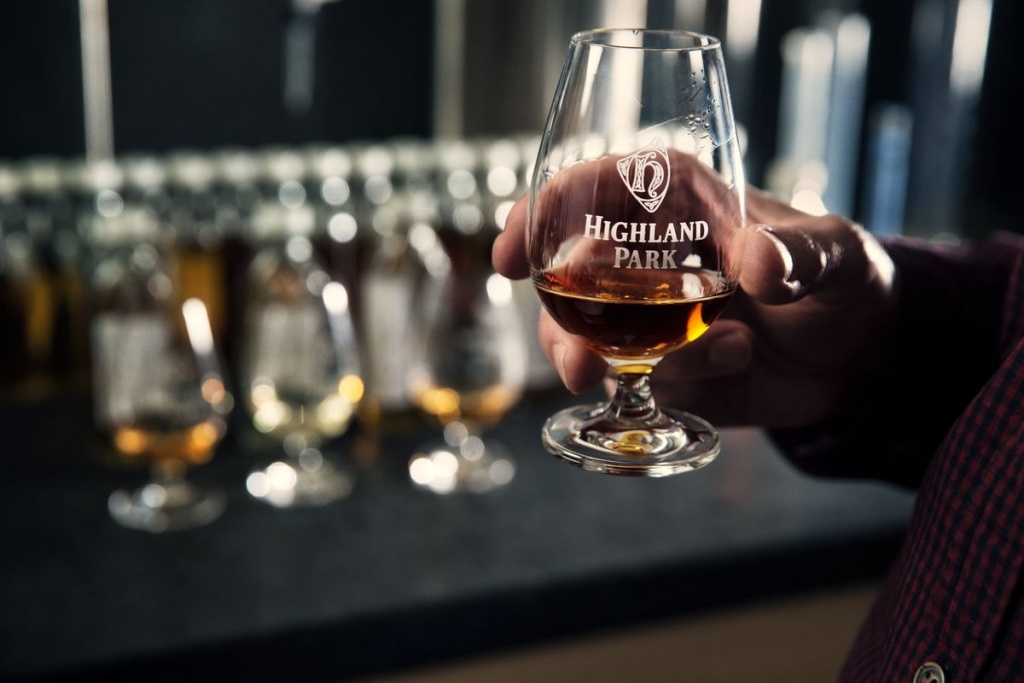
The most northerly distillery in Scotland, Highland Park emphasises its wild and natural surroundings of the Orkney Islands as being the main influences of its whisky. The whisky is made using local peat, which has a high heather proportion in the distilling process, before being aged in Oloroso sherry casks. The distillation process has remained largely unchanged in its 200-year history. The name Highland Park does not in fact refer to the Scottish Highlands, but rather to the area on which the distillery was founded which was known as ‘High Park’. The whisky is known for flavours of heather, smoke, honey and orange.
The GlenDronach
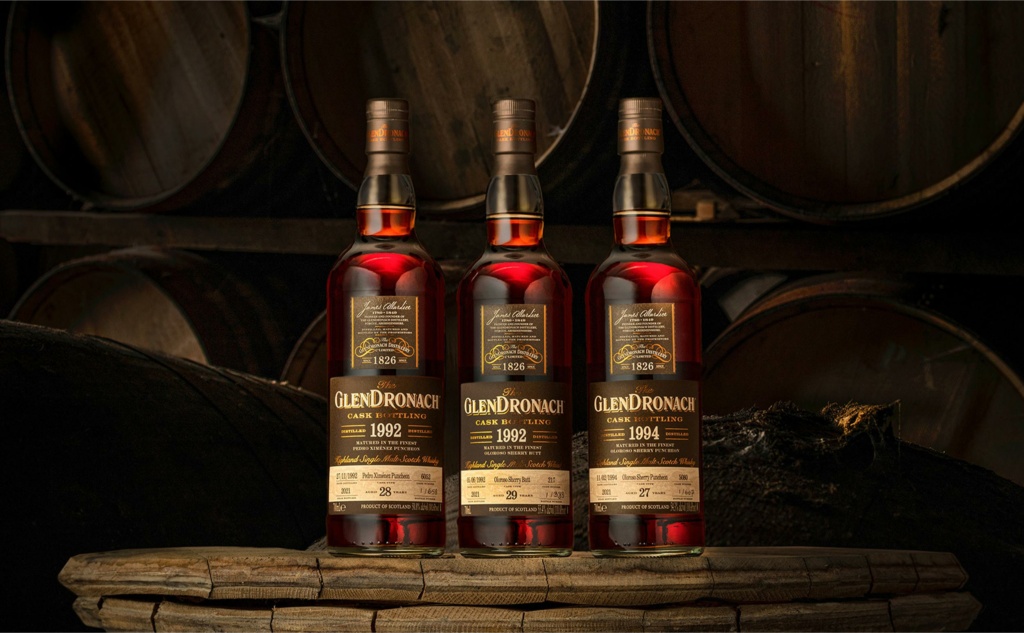
Glendronach has continued its traditional processes, with a fondness for maturing a heavy and robust spirit in sherry casks for long periods of time, since its founding in 1826. Located in the Forgue valley near Aberdeenshire, they specialise in creating whiskies with an elegant and complex taste, with a large depth of flavour. GlenDronach prides itself on being ‘The Sherry Cask Connoisseurs.’ This expertise and meticulous selection of Spanish sherry casks help to create the rich colour and complex flavour profiles of its whisky. The resulting liquid is famed for rich flavours of christmas cake, fig, and walnut.
Aberfeldy
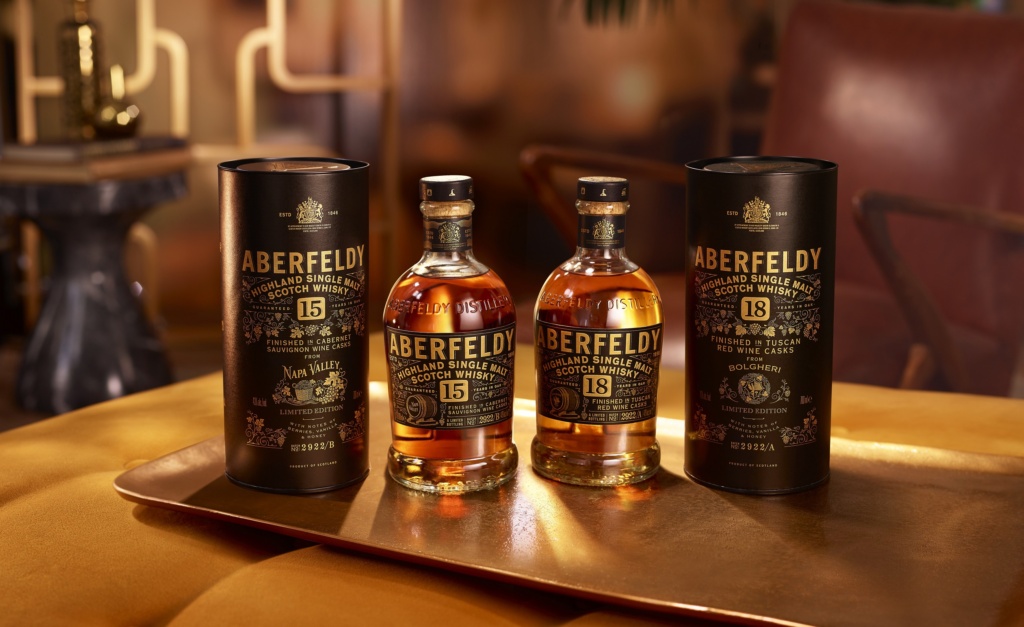
Known for their critically-acclaimed sweet expressions, Aberfeldy has been producing standout drams since 1898. Tucked away at the foot of the Highlands, Aberfeldy Distillery was built close to the birthplace of founder, John Dewar. A distillery is inspired by traditional methods of whisky making, therefore Aberfeldy distil their whiskies in Alembic copper pot stills before they are maturated in a combination of barrels, butts, and hogsheads. The distillery also uses water from the Pitilie Burn in their production which contains traces of alluvial gold! Aberfeldy expressions boast flavours of malt, honey, cream and toffee.
To browse our full range of Highland whisky, please click here.
FAQ
- How does the use of different types of oak casks, such as Spanish and American oak, impact the flavour profile of Highland whiskies, as seen in distilleries like Glengoyne and GlenDronach? Spanish oak typically adds rich, fruity, and spicy notes, while American oak contributes vanilla, caramel, and oakiness. Distilleries like Glengoyne and GlenDronach carefully select and use these casks during maturation to enhance the flavour profile of their whiskies.
- What distinguishes the production process of Highland whiskies from those of other regions, particularly in terms of factors like fermentation techniques, aging processes, and the influence of local water sources? The production process of Highland whiskies is distinguished by various factors, including fermentation techniques, aging processes, and the influence of local water sources. Highland distilleries often employ longer fermentation times, resulting in a fuller flavour profile. Additionally, the aging process in warehouses situated in diverse environments contributes to the complexity of Highland whiskies.
 4.7/5 with 10,000+ reviews
4.7/5 with 10,000+ reviews
